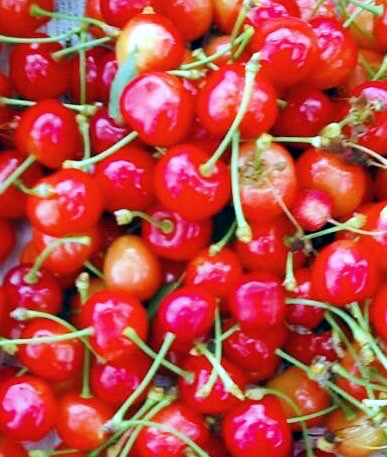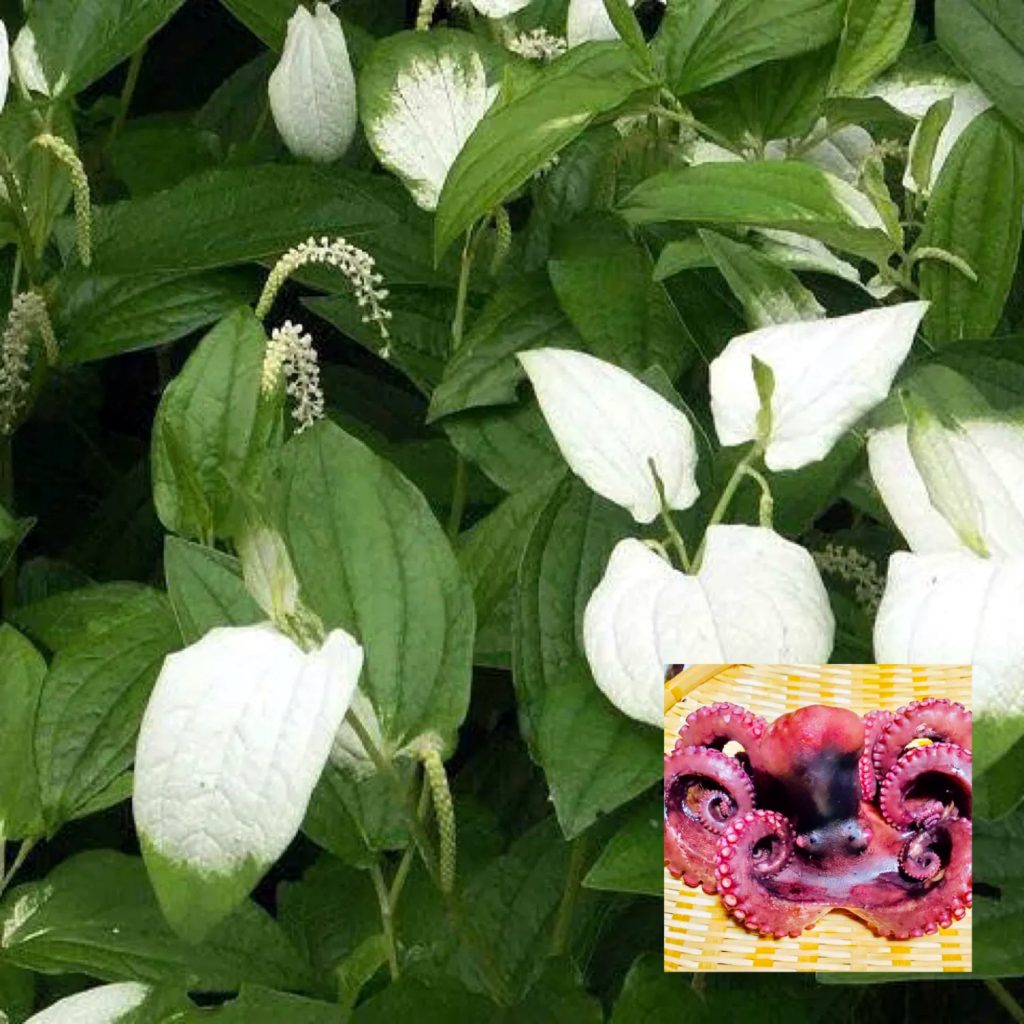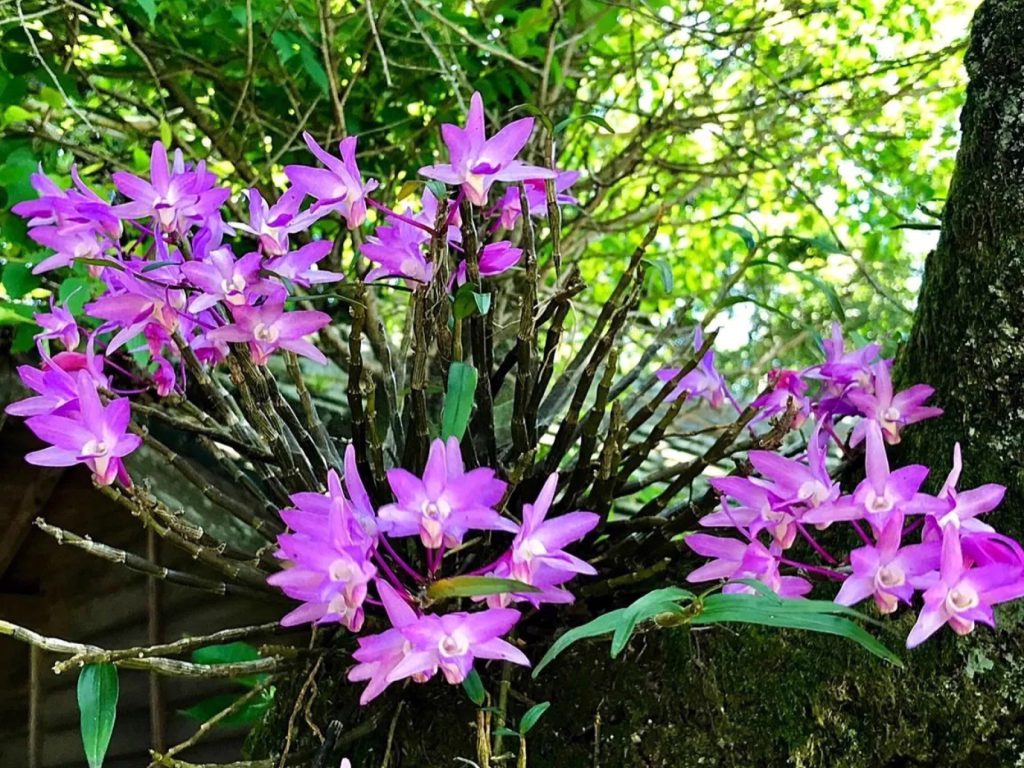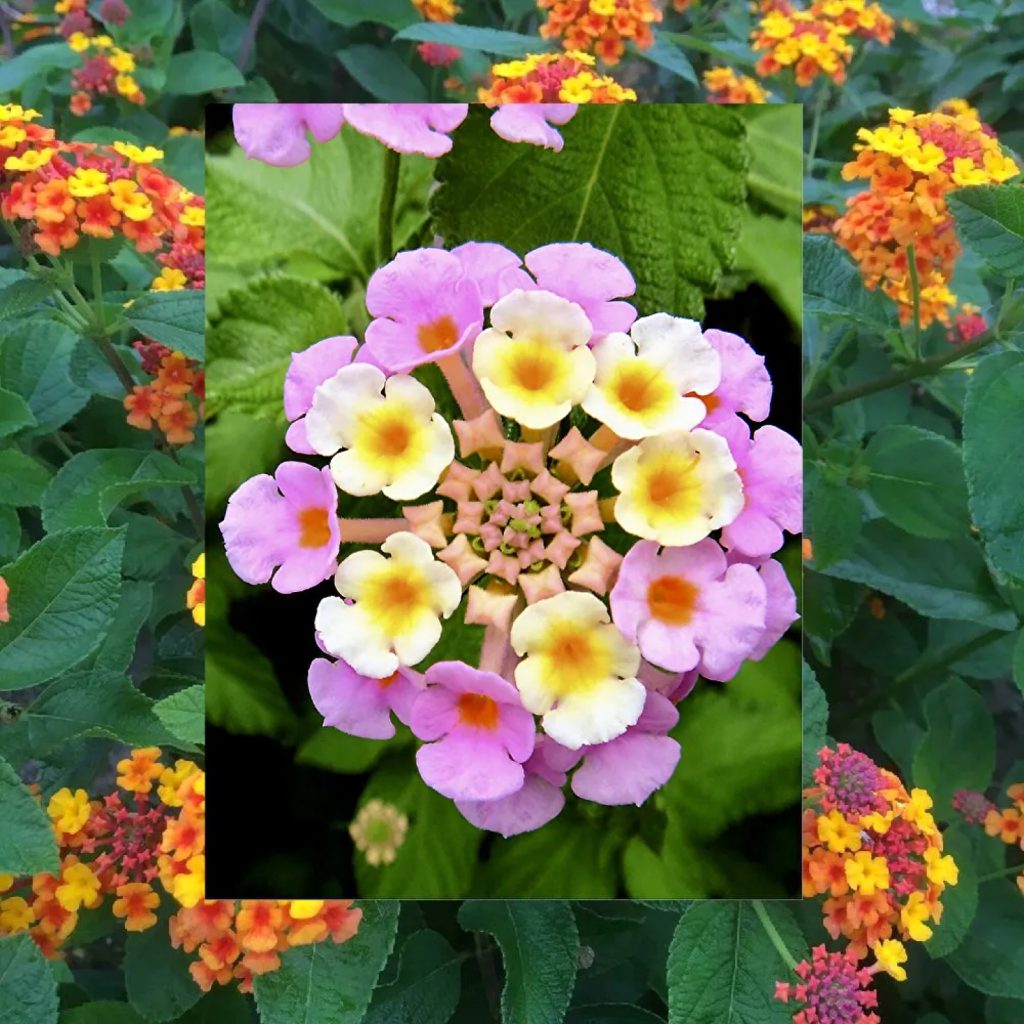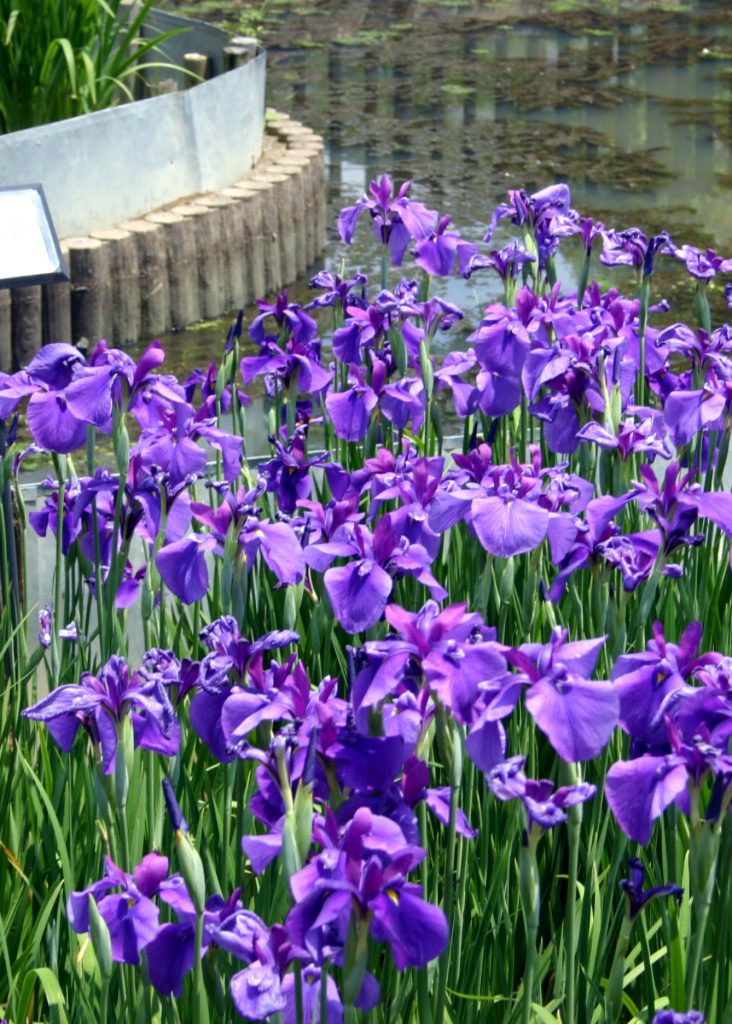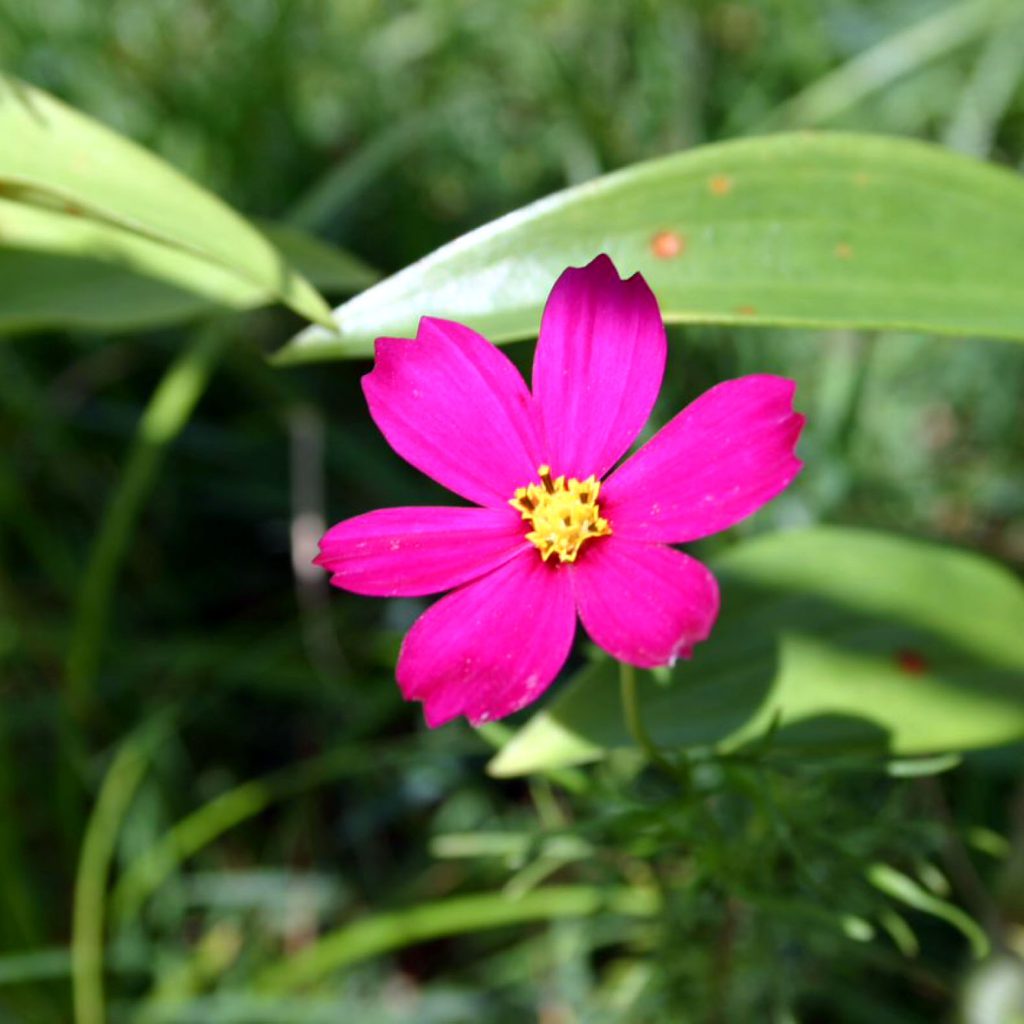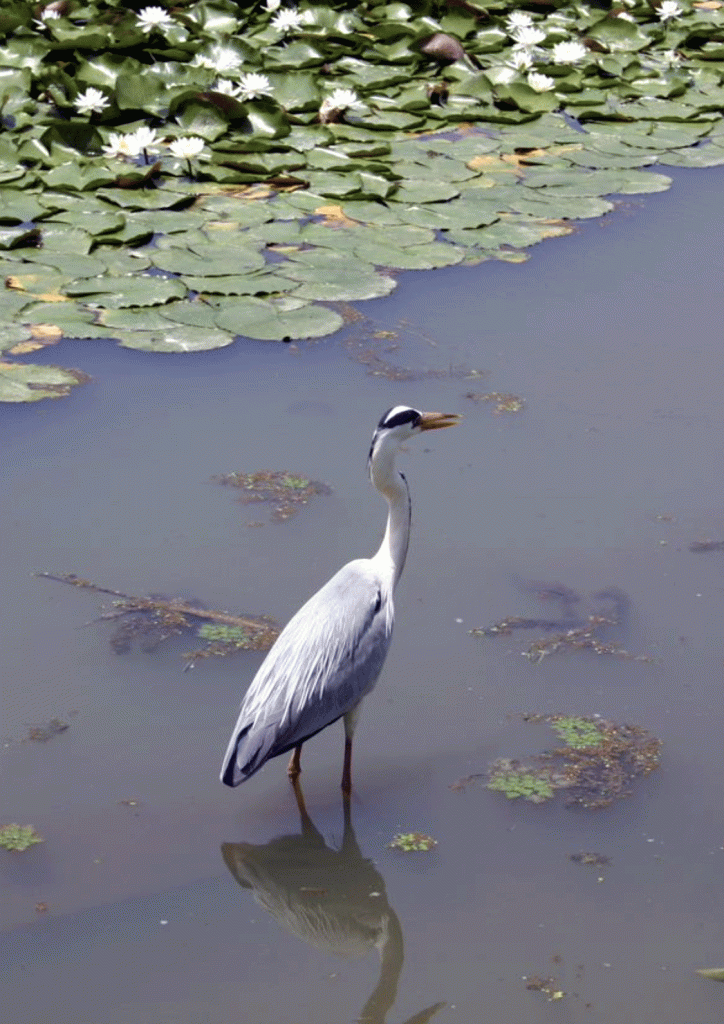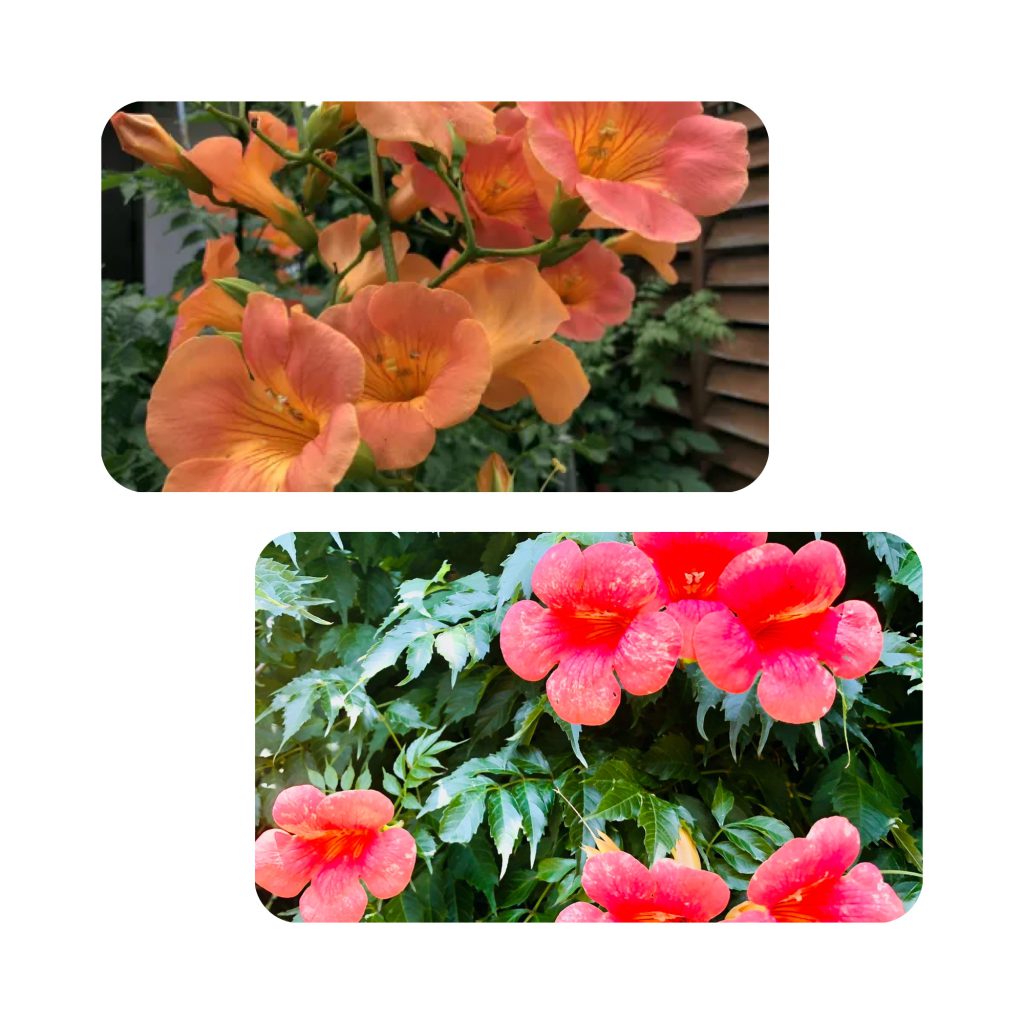
This year, the rainy season opened at a record-breaking speed. Summer flowers are beginning to bloom in competition in parks and streets. Nohzen-kazura (Chinese trumpet vine) has been seen for a long time, but I found a rare Nohzen-kazura. At first, I didn’t know that it was a member of the Nohzen-kazura, and as usual, I found out that it was an American Nohzen-kazura by searching Google Lens. As the name suggests, it is a Nohzen-kazura native to North America, and it seems that it came to Japan at the end of the Taisho era. On the other hand, the Nohzen-kazura is native to China and is said to have arrived so long as it can be seen in the Heian period Honzogaku book “Honzo Wamyo” (918). The 400-year-old Nohzen-kazura, which is said to have been brought back by Toyotomi Hideyoshi when he sent troops to Korea, still exists in Tamaisenen in Kanazawa City, Ishikawa Prefecture. As shown in the photo, the American Nohzen-kazura has strong reddish orange flowers, short flower stems, and the vine does not hang down. The flowers are small and the flower barrels are slightly longer. It has been probably not well known because it is less noticeable than the Nohzen-kazura. In English-speaking countries, it is called “Chinese trumpet vine)” or “Chinese trumpet creeper”.
今年は梅雨が記録破りの速さで開けました。公園や街路にも夏の花が競い合うように咲き始めています。ノウゼンカズラもかなり昔から見かけるようになりましたが、珍しいノウゼンカズラを見つけました。初めはノウゼンカズラの仲間とは分からず、例によって、Google レンズの検索でアメリカンノウゼンカズラと知りました。その名が示す通り北米原産のノウゼンカズラで、大正末期には日本に入って来ていたそうです。一方のノウゼンカズラは中国原産で、平安時代の本草書『本草和名(ほんぞうわみょう)』(918年)に見られるほど、古くに渡来したといわれています。石川県金沢市の玉泉園には、豊臣秀吉が朝鮮出兵の折に持ち帰ったとされる、樹齢400年になるノウゼンカズラが現存しています。アメリカンノウゼンカズラは、写真のように、赤みの強いオレンジの花が咲き、花茎が短く、つるは下垂しません。花は小さめで、花筒がやや長くなります。ノウゼンカズラに比べて目立たないので、あまり知られなかったのでしょう。英語圏では「Chinese trumpet vine)」または「Chinese trumpet creeper」などと呼ばれています。

